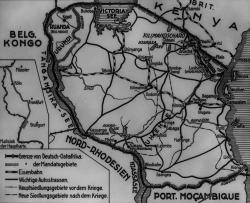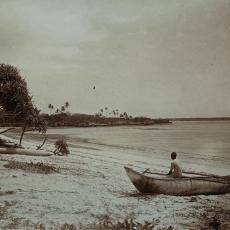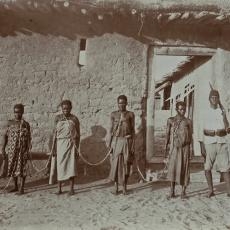German East Africa
The imperial colony German East Africa extended over present-day Tanzania (with the exception of Zanzibar), Burundi, Rwanda and Mozambique. The groundwork for the occupation had been laid in 1884 by Carl Peters of the German East Africa Company through the controversial acquisition of land and protection contracts. As a reaction to the territorial expansion of the German East Africa Company, the coastal inhabitants revolted in 1888. This was bloodily suppressed by the German army in 1890 and the German Reich declared its rule over the region in 1891. The port city of Dar es Salaam in Tanzania became the headquarters of the colonial government.
Triggered by the serious oppression of the local populace, military conflicts between local ethnic groups and the occupying forces resumed in 1905. This so-called Maji-Maji rebellion is considered the largest uprising in German colonial history and claimed about 100,000 lives by 1907. With the outbreak of the First World War, the colony's economy collapsed and the area was finally placed under British sovereignty in 1919 as part of the Treaty of Versailles.




